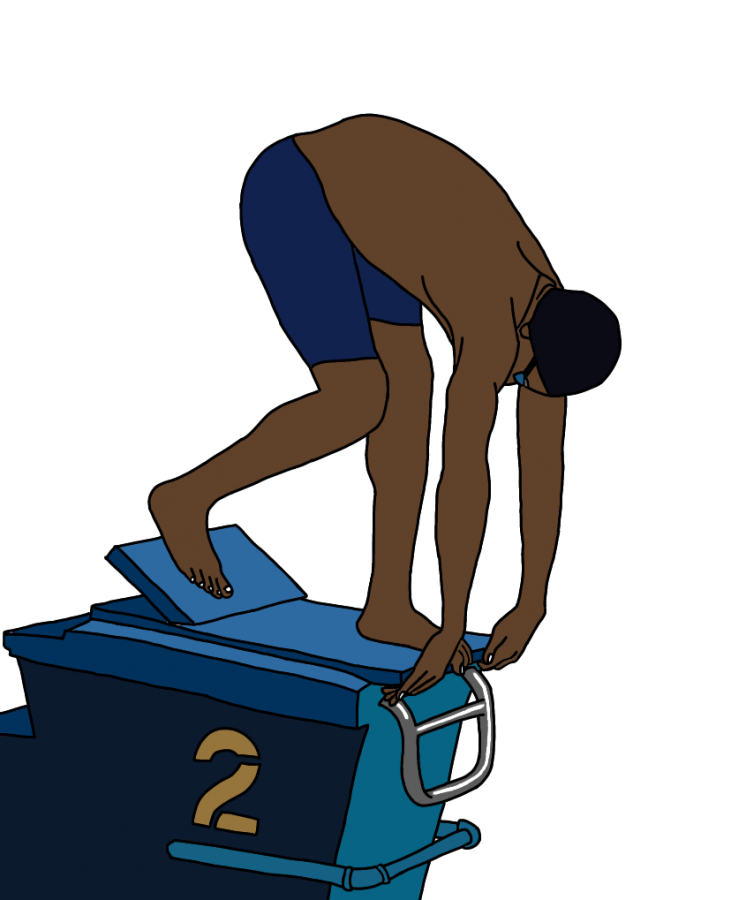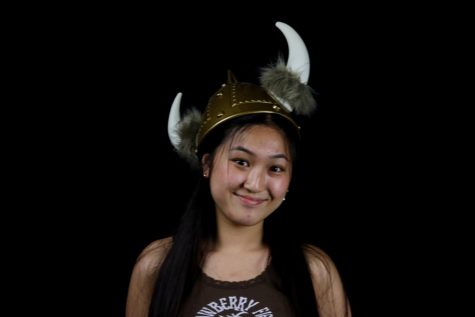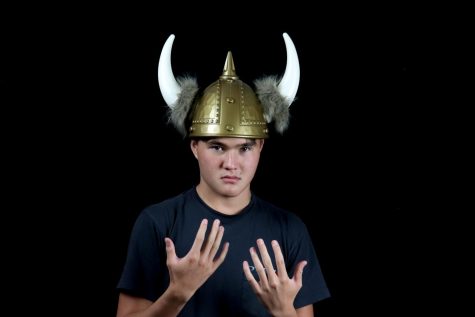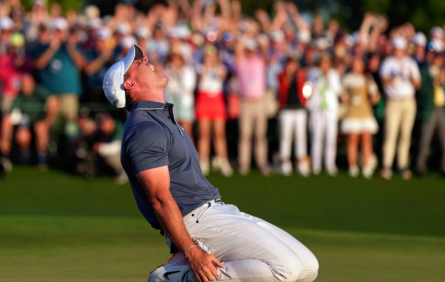Lights On The Pool Deck
October 15, 2021
As the beep sounded, twenty year-old Shane Cadogan dove into the pool hoping to etch his name in Olympic history. With swimming being one of the most highly anticipated sports in the Olympics, dominant swimming countries like the United States, Australia, and China sent many big-name athletes to hopefully medal for their team.
These popular athletes had thousands of fans that were cheering them on, while Cadogan was only one of the two swimmers St. Vincent, an island country in the Caribbean, sent to represent them. Cadogan won his heat in the 50 meter freestyle preliminaries and it was not only a huge accomplishment for himself, but his country as well.
Due to his home being within the vicinity of multiple beaches, Cadogan started swimming when he was five years old for safety reasons. He learned in his backyard pool with a private teacher and continued to build up his skills in the water naturally over time.
Cadogan currently studies at Stanford, splitting his time between St. Vincent and Palo Alto. He trains on two teams: the Blacksands Swim Squad in St. Vincent and the Alto Swim Club in Palo Alto.
“I was always interested in sports, but swimming is what really stuck with me,” he said.
Swimming was not popularized as a competitive sport in St. Vincent until Cadogan was ten years old, which was when he started to participate in regional competitions. The swimming teams and programs were small, which made it more convenient to travel as a group and race in meets.
Cadogan continued to improve for the next ten years until he became one of the fastest swimmers on the Blacksands Swim Squad. He trained vigorously and polished all of his strokes, but soon narrowed his focus down to his best stroke, which was freestyle. The Blacksands Swim Squad was a smaller team, and a larger team would help Cadogan compete to the best of his abilities.
With Alto Swim Club, Cadogan has been able to train with a larger team filled with swimmers that challenge him to push further.
“Back in California, it’s a much better experience [than training alone],” Cadogan said. “And I have the [Alto] guys who are so much younger than me, and I appreciate that because team building is key, especially in swimming.”
In early 2021, Cadogan’s talents were to be put to the test when he was invited to represent St. Vincent as a swimmer in the Tokyo Summer Olympics. In preparation for the honor of representing the country, Cadogan traveled to Oahu, Hawaii with Alto Swim Club for a two-week training camp just a month before his heat. They went on long hikes, swam thousands of meters, and worked on team building exercises.
“Oahu was a very necessary part of preparing for the games because I wasn’t able to train as well as I hoped back home,” Cadogan said. “It was a great balance between hard work and fun and helped a lot in getting me ready [for the games].”
Soon, the time had come for him to leave for Japan, but due to traveling issues, Cadogan landed in Tokyo just four days before the games started. He struggled with jet lag and tried to swim it out as his event was getting closer.
To make matters worse, the Olympic schedule was unusual for Cadogan. Typically, prelims take place in the morning and finals take place at night. However, the Olympic committee wanted to match this format to fit American time, so Cadogan’s prelims session was at night in Japan time.
Cadogan got to the call room on time and started to get more nervous, but those nerves fueled his excitement and competitive spirit. As he saw the broadcast start, it hit him that he was finally at the summit, and was experiencing an opportunity of a lifetime.
“You can hear a pin drop when you are about to start,” Cadogan said. “People I knew were in the stands, you can hear them distinctly say my name.”
As he got on his block, he reflected on all his previous competitions and the training he went through that led up to this moment.
“Throughout the race, I was honestly just trying to stay ahead of whoever was next to me,” Cadogan said. “I just had my head down and didn’t breathe at all.”
During the race, Cadogan’s only focus was to reach and touch the wall.
“I touched the wall and I looked up… [and] saw my light [on the block] light up first,” Cadogan said. “The cameras were immediately in your face – there were like three cameras surrounding me after.”
After winning his heat, he not only brought pride to himself, but to St. Vincent and Alto Swim Club, for supporting such a young and talented swimmer.
Even though Cadogan’s event lasted less than 30 seconds, he will carry this memory with him for the rest of his life.
“Being around so many big name athletes and especially representing my country on the biggest stage was a very empowering experience,”Cadogan said.

Greg Meehan is the women’s swimming coach for Stanford and recently got invited to be the head coach for the USA swimming team in the Tokyo Olympics. With 23 years of coaching experience, Meehan’s knowledge for the sport is shown through his philosophies.
Meehan has a strong passion for swimming and more specifically, coaching the sport. He believes that all swimmers can be successful if they are open to struggle.
“Swimming challenges your physical, mental and emotional state and those who embrace the challenge are typically successful,” Meehan said.
Swimming is mostly an independent sport, which forces swim coaches to take a different approach. Meehan’s beliefs are established not only on the Olympic team, but his Stanford team as well.
“I believe in finding ways to motivate people to push them towards goals they never thought possible,” Meehan said.
When incoming freshmen come to swim at Stanford, a primary challenge is maintaining their high school success in a new environment. To combat this challenge, Meehan made a detailed plan.
“[I] usually spend the first few weeks learning how they respond to different training stimuli,” Meehan said. “This helps us as coaches, put together a plan that can take advantage of what they do well while still staying true to our core training values.”
After evaluating which training exercises fits each swimmer best, he turns his focus to the team dynamic. Even though swimming is a sport that is heavily independent, the team environment is as important as the training. This is because the sport has to do a lot with willpower and mental toughness, so a support system is necessary from teammates and coaches.
Meehan had paid special attention to his Olympic team to ensure they connect and grow as a team.
“Our Olympic team dynamic, call it culture, is rooted in working hard, supporting each other and having fun representing the United States,” Meehan said.
Over fifty people with different backgrounds, training, and skill sets all come together to make up the team- and Meehan has to act as “the glue” to unite them as a whole. This is especially hard when he and the other coaches were given only a short period of time to train with the entire team.
“We don’t begin training together as a full Olympic team until about 4 weeks prior to the Games,” Meehan said.
Even with such little time to train, the USA swimming team united and won many victories – thirty medals, eleven being gold.
Meehan’s experience as a premiere coach and ambassador for the sport has allowed all of his swimmers to succeed at the highest level.
“Swimming challenges your physical, mental and emotional state and those who embrace the challenge are typically successful,” Meehan said. “It’s not about embracing those challenges with the mindset of being perfect…it’s about growth.”











